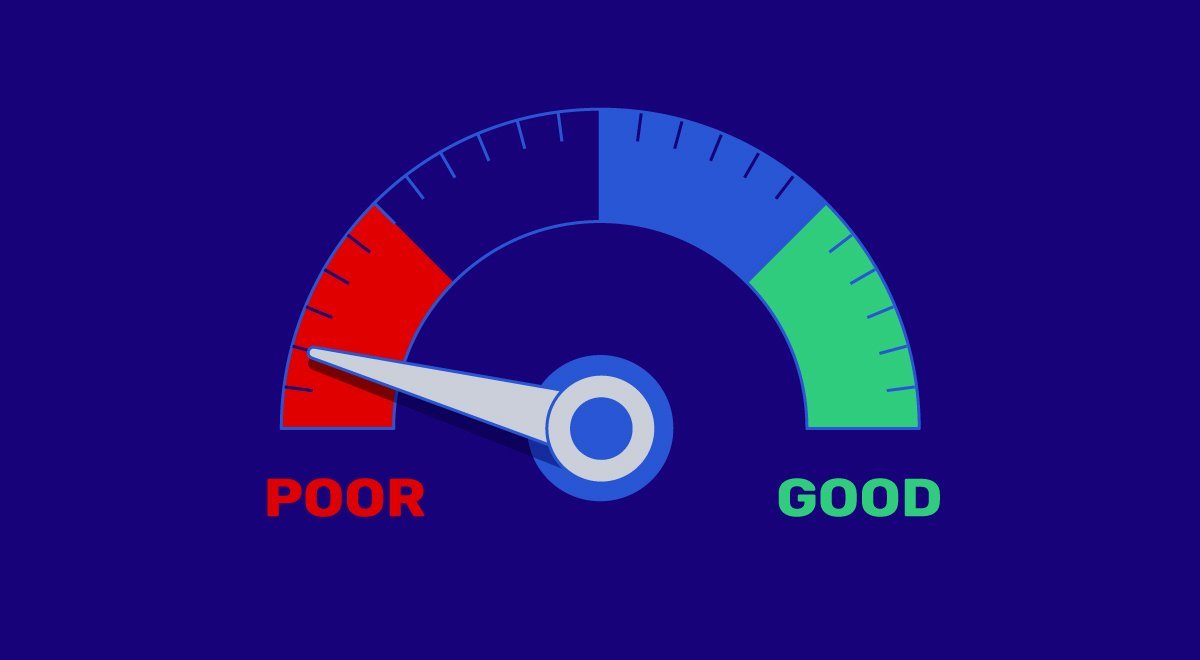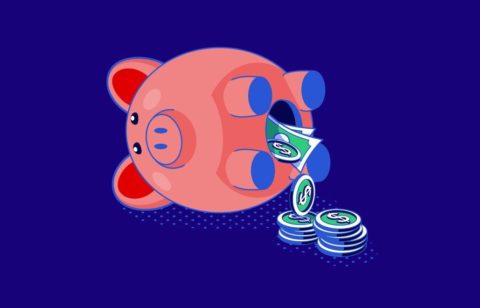If you’re dealing with a mountain of unsecured debt, a debt consolidation loan can be a useful way to pay off all your debt and focus on one monthly payment. However, what about a debt consolidation loan with very bad credit? This may require some shopping around to find a lender willing to work with you if your FICO credit score is below 580. However, it’s possible to consolidate your debt even if your credit score is less than ideal.
Can I Qualify for a Debt Consolidation Loan with Very Bad Credit?
Whether you qualify for a debt consolidation loan with very bad credit varies by lender. Lenders will look at your credit score, your income, and your debt-to-income (DTI) ratio to determine the level of risk of defaulting on the loan. Lenders typically prefer a credit score of 650 or higher, although it doesn’t mean there aren’t lenders who won’t take lower credit scores; however, expect to pay a higher interest rate on the loan.
How to Get a Debt Consolidation Loan with Very Bad Credit
Use these steps to find the right lender for a debt consolidation loan with a poor credit score.
1. Check Your Credit Report
You should first be familiar with your credit score and credit report. Lenders will base their decision largely on your score and credit history and will expect you to meet minimum requirements. Another reason to review your credit report regularly is to look for any errors. You can check your credit report free once per year with each of the three credit bureaus. Once you know your full credit picture, it’ll be easier when you’re shopping for a lender that may be willing to work with you.
2. Do Some Research
Do some research and don’t accept the first offer you receive. Compare loan amounts, repayment terms, fees, and interest rates from multiple lenders. It may be slow and tedious work, but you could end up saving hundreds of dollars or more. You can prequalify with online lenders and see their estimated rates. This typically involves a soft credit pull, which doesn’t affect your credit score.
3. Add a Cosigner
Another option if you’re looking for a debt consolidation loan with very bad credit and you don’t qualify on your own is to include a cosigner on the loan. Typically, the cosigner’s credit score must meet or exceed the lender’s minimum requirements. Keep in mind that the cosigner would be taking a risk, as you and the cosigner are both equally responsible for the loan. Not making timely payments could hurt the other person.
If you do find a cosigner, you could potentially benefit from:
- Increased chances of being approved
- Favorable terms
4. Improve Your Credit Score or DTI
If you’re not in a hurry or you’re having trouble meeting minimum requirements for a debt consolidation loan, consider improving your credit score and your debt-to-income ratio. You can improve your credit and DTI by focusing on smaller debts and making timely payments. Cut out all unnecessary expenses such as subscription services and other memberships.
Where Can You Get a Debt Consolidation Loan with Bad Credit?
There are many lenders in the United States, but here are a few places to start your search.
Credit Unions
Credit unions are not-for-profit organizations that may be willing to offer you lower interest rates and flexible terms, but you do need to become a member first. Federal credit unions have an 18% interest rate cap, which is lower than the limit for online lenders. The downside is that credit unions don’t allow you to pre-qualify for a loan, and it may require a hard credit check. Hard credit checks lower your credit score temporarily.
Both Navy Federal Credit Union and First Tech Federal Credit Union offer personal loans to consolidate your debt with no origination fees, low interest rates, and no credit score minimum requirements.
Online Lenders
Online lenders may be more likely to approve you for a debt consolidation loan with very bad credit. With an online lender, it’s easier to compare rates, it’s quick to apply, and you can typically receive funds within a week. However, online lenders usually charge higher APRs when it comes to a debt consolidation loan with very bad credit. Do your research before picking an online lender.
Is a Debt Consolidation Loan with Very Bad Credit a Good Idea?
Is a debt consolidation loan right for you? Every situation is different and it may be in your best interest to try raising your credit score before applying for a debt consolidation loan for terms that are more favorable. However, if you need a debt consolidation loan with very bad credit as soon as possible, check with your local bank, credit unions, or research online lenders.





